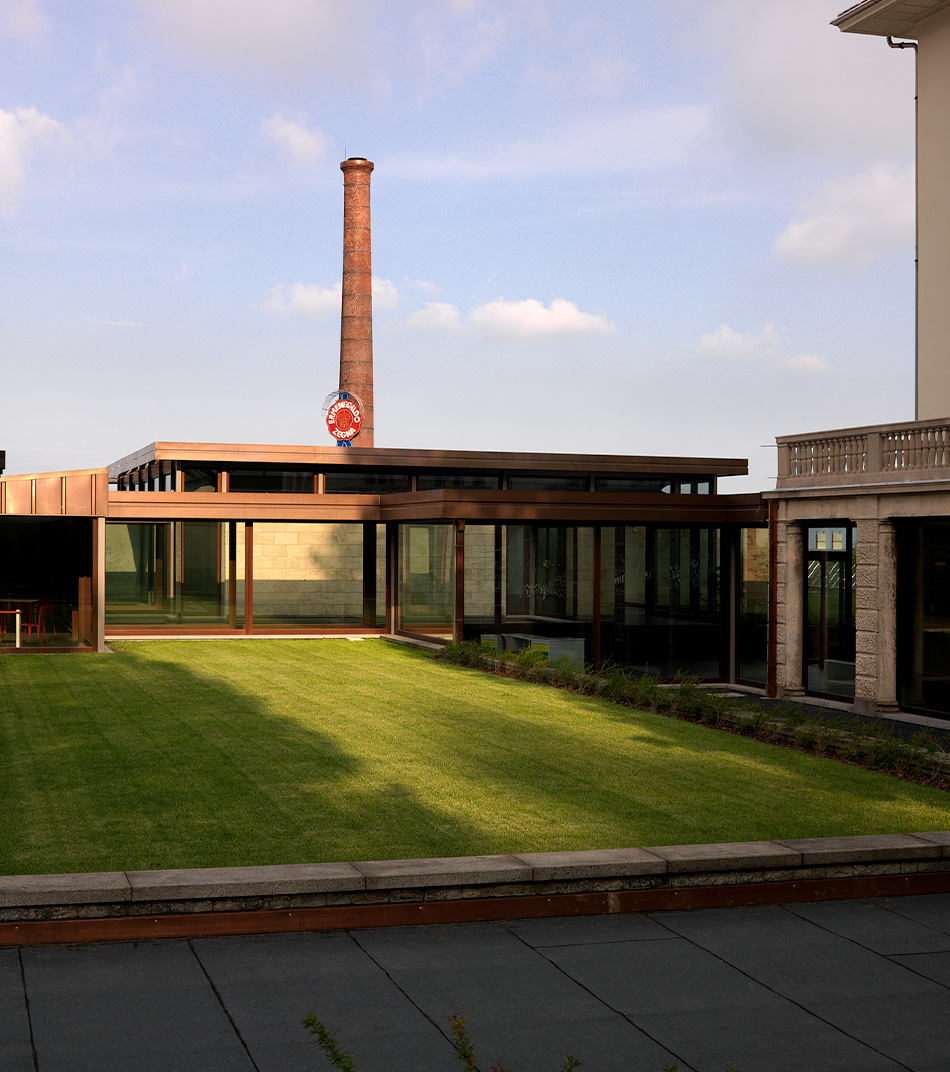TOP is a magazine for men. It describes their attitudes; it presents the objects that contribute to the construction of their identity: refined clothes, tiny and fundamental accessories, flamboyant cars and large boats; it vents the aesthetic desire through the development of a masculine style that is also refined, varied, aware. Perhaps it is surprising to discover that, behind and within the articulation of this man’s magazine, there has always been the extraordinary creative vision of women.
From the very beginning, women are an integral part of TOP on different levels. They characterize its language both in plain sight and from behind the scenes. The female gaze pervades the magazine: from the conception of the contents, to the selection of objects and bodies, to the introduction of womenswear fashion designers tuned to the spirit of Zegna’s creations for men.
The third issue, dated 1968, opens with the editorial lei guarda lui. The text talks about women as pivotal in the evaluation of men’s style, stating how important the eye and the judgment of women are in measuring the precision of the details, the quality of the fabrics, and the attractiveness of the bodies which these fabrics dress, fitted to perfection.
A sort of premonition, or rather, a way of setting the tone, to welcome the inclusion, in the colophon of the next issue, of Anna Piaggi, unequivocally indicated as ‘editor.’
Piaggi, who had been working for about eight years in the editorial office of the magazine Arianna, is involved in sketching, in the space of the magazine spread, the total look of the Uomini all’Italiana: the direction the new men, emerging from the great social upheavals of the late sixties, would follow, to shake off the rigid structures of the old ‘coordinated elegance.’
Anna Piaggi is followed by Cristina Brigidini and Anna Riva, both trained as editors in Arianna, and ready to test themselves with the different needs and possibilities of men’s fashion. As editors, they are not only in charge of selecting clothes, accessories and objects, designing the scene and writing up the texts of the magazine; their sensitivity identifies the people to make the images come to life: models and photographers. These women take the chance to experiment, in order to give materiality to their vision, according to a precise graphic and stylistic unity.
Mastering the ‘methodology’ developed in women’s magazines, the editors understand and propose fashion as an articulated and enjoyable language, a complete and complex narrative, the story of ideas and opinions, the representation of one and many lives. Piaggi, Brigidini and Riva – and the women who support and follow them: Franca Ruol, Marina Luraghi, Loredana Colombo, Grazia Schenone Garavoglia and Laura Sottovia – act as connectors between the Italian fashion system, more and more aware of its unique identity, the cultural and promotional project at the basis of TOP, and the territory of men’s fashion, less explored and therefore prone to experimenting with new expressive idioms.
In addition to being amongst the most important creative forces behind visuals and contents, women find a place on TOP as models, posing next to male colleagues and interpreting the stories that the magazine tells. Enveloped by the swirling and psychedelic prints of Emilio Pucci; swathed in the airy designs by Walter Albini; wrapped in the Agnona wools or in sumptuous Fendi furs: female bodies and personalities infuse the photo stories with vitality and elevate the language of the magazine from promotional to editorial, shifting the focus on the narrative value of TOP. From being a house organ focused on a single brand, TOP becomes an inclusive publication, highly attentive to the wider scenario of fashion.
Image makers; executors of visions; personification of a spirit that intends fashion as social force and desire, women are central to the definition of TOP as a fashion magazine, in line and often foreseeing the direction magazines dedicated to men’s fashion would take in years to come. TOP confirms itself as a laboratory of ‘masculine’ ideas that simply would not be real without the creative strength of women.
Marta Franceschini, PhD candidate Università IUAV di Venezia e research assistant per il V&A Museum, Londra


